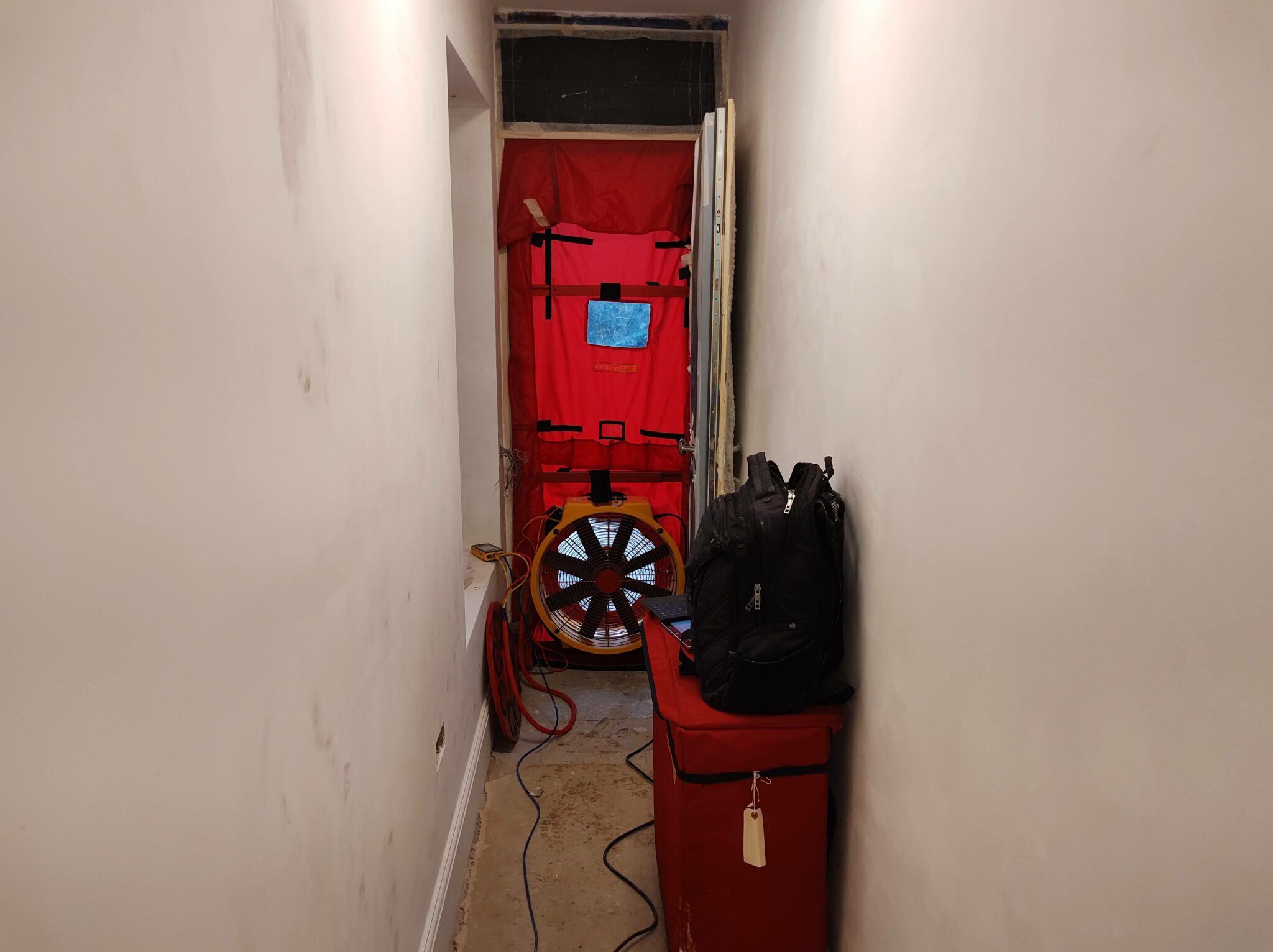Are eco-friendly passive houses for rich people? Eco warriors? Self-builders? Housing associations? Or are they only the preserve of our more logical, engineering-minded continental cousins in Germany?
Passive Houses are for everyone. To build a Passive House, ie, one that runs at ten per cent of normal household bills, doesn’t need any extra technology like air-source heat pumps or solar photovoltaic panels. All it needs to make a normal house into a Passive House is good insulation, good quality windows and some extra care on site when actually building or renovating your home. A proper mechanical ventilation system to guarantee fresh air (for the same price as a traditional boiler, cylinder and radiator system) and you’re all set.
Building a Passive House only costs 5 – 10 per cent more than to Building Regulations.
As prices for low-energy and hyper-efficient materials such as airtightness tape, vapour-permeable membranes and high-performing insulation fall as they enter the mainstream market, and as project managers and low energy building consultancies take on more project management duties, building to PassivHaus levels of low energy savings only costs 5 – 10 per cent more than Building Regulations.
Passive House means lower heaing bills year after year, forever
And when you realise that every year you’ll save about £1,000 on your heating bills alone with a Passive House compared to the new builds built by big-box home developers (cheap, draughty houses that only pass Building Regulations, which is the worst home you can legally build), that means that within a few years you’ll have paid off the extra PassivHaus premium already.
True comfort is a luxury
What’s more, Passive Houses are much more comfortable to live in than normal houses. Normal houses are cold, draughty and suffer from damp and condensation issues. They make you tired and ill. Passive Houses regulate moisture automatically, are properly ventilated with clean, filtered air from outside and maintain an even 20DegC throughout the home, whatever the time of year.
So you’ve got a much more luxurious lifestyle for higher upfront costs but costing less money down the line.
What went wrong with the Government’s “Green Deal”
The genius beyond the government’s “Green Deal”, which has just been scrapped, was that it allowed people without cash to improve their home. The idea was simple: if you could provide low-cost loans to homeowners to improve their home’s energy performance today, they could pay back their loan through the money saved on heating bills over the next few years.
It was a genius idea, but mismanagement, poor interest rates, lack of promotion and poor building methods meant that it barely made a difference to carbon reduction levels, and wasted a lot of taxpayer money in the process. This is a shame, because the idea behind it is sound.
Passive Houses have the same sound energy-saving credentials the continent has been using for 40 years. It’s time for a real eco revolution in the UK – and everyone can take part.

Shame the Green Deal went so wrong.